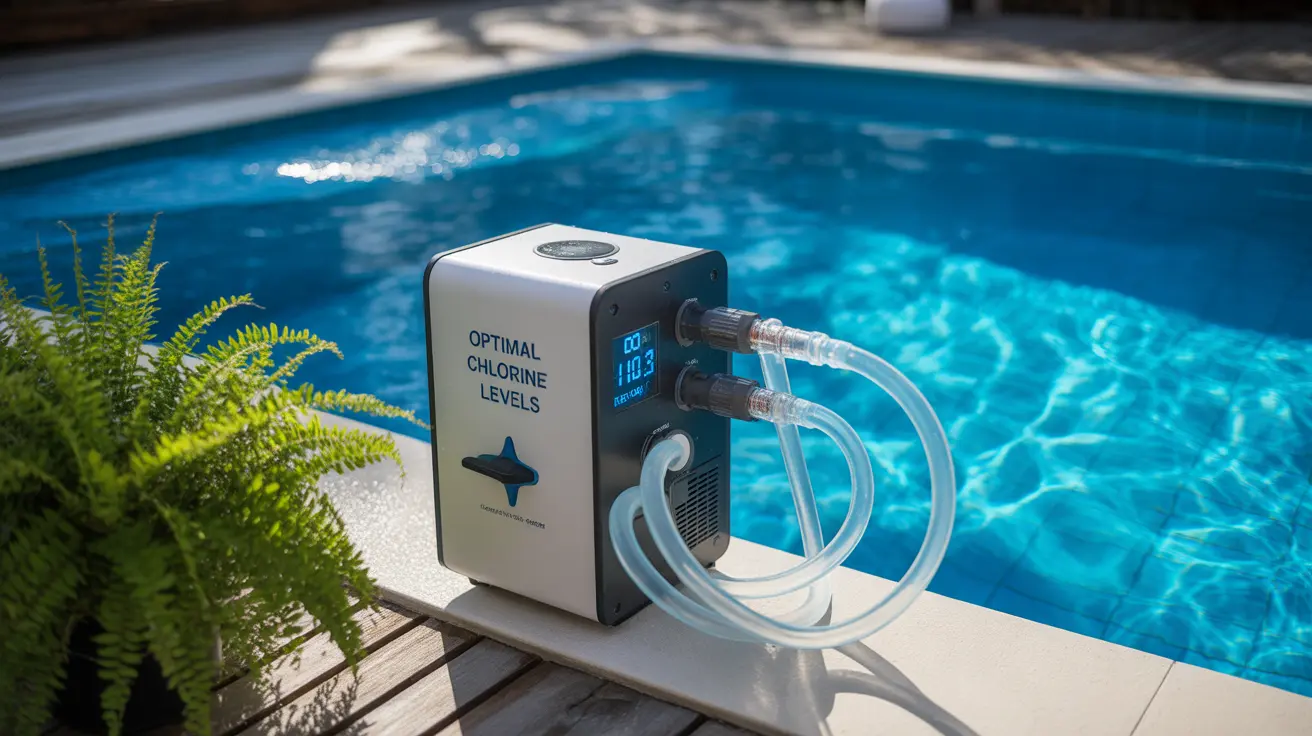Many pool owners and swimmers are curious about salt water pools and how they actually work. A common question is whether these pools contain chlorine, and the answer might surprise you. Let's dive into the fascinating chemistry behind salt water pools and understand how they keep swimmers safe while providing a more comfortable swimming experience.
How Salt Water Pools Generate Chlorine
Salt water pools do contain chlorine, but they create it through a different process than traditional pools. These pools use a salt chlorine generator (SCG) or chlorinator to convert dissolved salt (sodium chloride) into chlorine through a process called electrolysis. When salt water passes through the chlorinator's cell, an electrical current breaks down the salt molecules into their basic components, producing hypochlorous acid – the same sanitizing agent found in traditional chlorine pools.
The Chemistry Behind Salt Water Sanitation
The salt concentration in these pools is relatively low, typically around 3,000-4,000 parts per million (ppm) – much lower than seawater, which contains about 35,000 ppm. The chlorinator continuously converts this salt into chlorine and then back to salt in a sustainable cycle, maintaining proper sanitization levels without requiring regular chlorine additions.
The Salt-to-Chlorine Conversion Process
When salt (NaCl) dissolves in water, the chlorinator's electrodes separate it into sodium (Na) and chloride (Cl) ions. These ions then undergo further reactions to produce hypochlorous acid (HOCl), which is the active sanitizing agent. After this sanitizer does its job, it naturally converts back to salt, creating a continuous sanitization cycle.
Benefits of Salt Water Pool Systems
Salt water pools offer several advantages over traditional chlorine pools. The steady, automated chlorine production helps maintain more consistent sanitization levels, which can result in better water quality. Additionally, the water tends to feel softer and gentler on the skin, eyes, and hair.
Reduced Chemical Storage and Handling
With a salt water system, pool owners don't need to store or handle harsh chemical chlorine products. The system generates chlorine as needed, requiring only periodic salt additions to maintain proper levels. This makes maintenance simpler and reduces exposure to concentrated chlorine products.
Maintaining Proper Pool Chemistry
While salt water pools are often considered lower maintenance, they still require regular monitoring and care. Pool owners need to check salt levels, pH, and other chemical parameters to ensure optimal operation of the chlorine generator and maintain proper water balance.
Frequently Asked Questions
Is there chlorine in salt water pools and how is it produced? Yes, salt water pools contain chlorine that is produced through electrolysis. A salt chlorine generator converts dissolved salt into chlorine by passing an electrical current through the salt water, creating the same sanitizing agent found in traditional pools.
What are the benefits of chlorine generated by salt chlorine generators compared to traditional chlorine pools? Salt-generated chlorine provides more consistent sanitization levels, creates softer-feeling water, and eliminates the need to handle and store harsh chlorine chemicals. The system also produces fresher chlorine continuously, which can result in better water quality.
How do I maintain the correct chlorine and salt levels in a salt water pool? Regular testing of water chemistry is essential. Monitor salt levels to maintain them between 3,000-4,000 ppm, and check chlorine levels, pH, and other parameters weekly. Adjust the chlorinator's output settings as needed based on these readings.
Why does salt water pool water feel softer and cause less skin and eye irritation than traditional chlorine pools? Salt water pools typically maintain more stable chlorine levels and have a lower concentration of chloramines (combined chlorine), which are responsible for most irritation. The presence of salt also creates a more natural feeling that's gentler on the skin.
Can salt water pools still have the chlorine smell or cause irritation like traditional pools? While less common, salt water pools can develop chlorine odor and cause irritation if not properly maintained. This usually occurs when chloramine levels rise due to poor water balance or inadequate sanitization. However, with proper maintenance, these issues are typically minimal compared to traditional pools.




